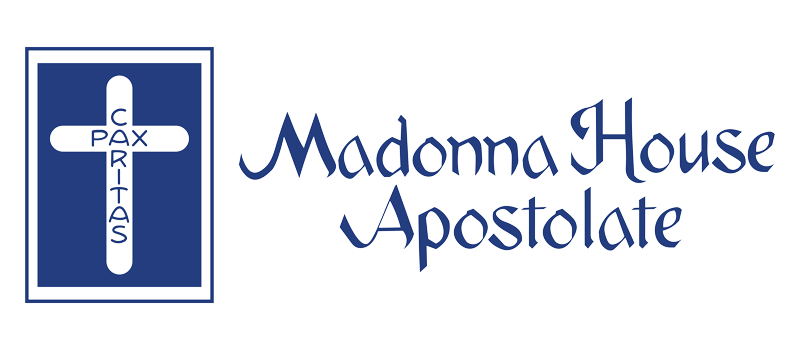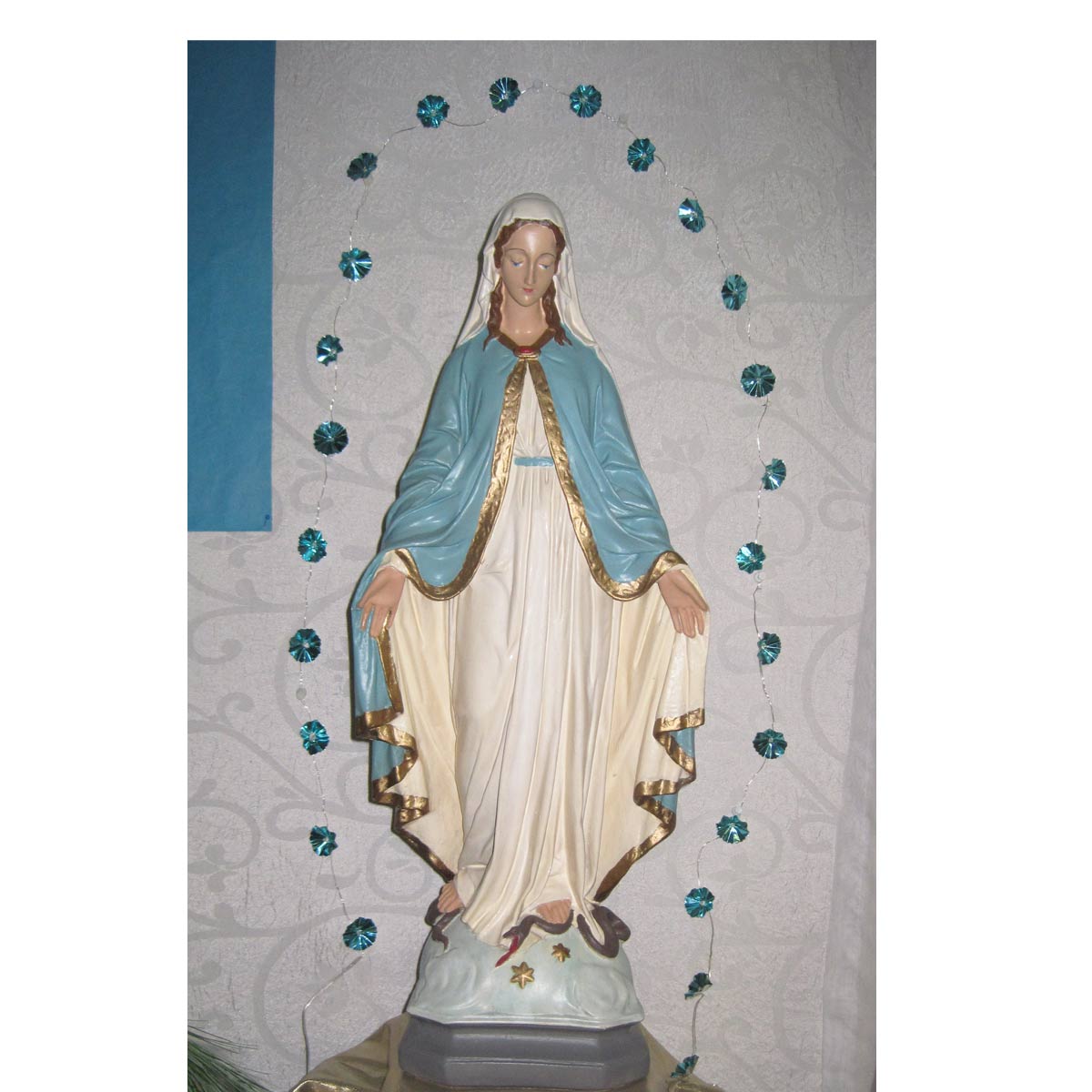This content has been archived. It may no longer be relevant
Well, after spending the last five issues of Restoration using my monthly column to talk about anything and everything but the Sunday readings, I guess I’d better get back to it. It is Advent, the start of a new Church year, and it is time to resume regular programming.
Well, sort of. While I do want to talk about the Word of God this month, I have not chosen readings from one of the Sundays of Advent, but rather from the Solemnity of the Immaculate Conception. This year it falls on December 9, the 8th being a Sunday which has liturgical precedence.
But the Immaculate Conception is a Holy Day of Obligation in many countries, and I would gently suggest to our readers in countries where it is not, that it’s an awfully good day to make it to Mass anyhow. After all, it is one of the principal Marian feasts of the year.
The readings for this feast reflect the great Marian themes of Scripture—the Gospel is the Annunciation, Mary’s great act of fiat (yes) to God’s plan, that great moment of the Word taking flesh from Mary’s flesh, from which flesh we are all saved by her Son.
The second reading is the beautiful canticle from Ephesians 1: 3-14, where Paul sings the praises of God’s glory, especially manifested in his choosing us from the beginning to be sharers in his plan of salvation.
Mary is the chosen human creature par excellence whose immaculate conception in the womb of her mother St. Anne made her a fit instrument for God’s flesh-taking from her.
But the first reading is where I wish to linger this month. It is Gen 3: 9-15, the encounter between God and the man and woman after they have eaten the apple. The first examination of conscience in recorded history, if you will, coming shortly after the first colossal failure to heed and obey one’s conscience.
So it is a tragic reading, the account of how paradise was lost and sin and evil entered the world God had made “very good.” But it is chosen nonetheless for this feast of undiminished joy, a feast of light amid winter’s darkness.
Of course the heart of this reading is the promise of God that the serpent’s head would in time be crushed by the heel of the woman and her offspring, that this calamitous fall of mankind into original sin and all its effects was not a final and absolute defeat, a collapse into utter depravity and enslavement to the devil, but was in fact the beginning of a great cosmic battle, the final outcome of which was never to be in doubt.
Ultimate victory is ours, God promises us, even at this first and most humiliating moment of defeat.
Our Lady’s immaculate conception—that is, her being freed of the stain and wound of original sin from the first moment of her existence—is the great herald and radiant beacon of this victory approaching in Christ the Savior.
Of course, Our Lady is not simply a sign or a beacon. She is a real person. She is, as she told St. Bernadette at Lourdes, the Immaculate Conception. It is not only some event that happened to her (lucky Mary!). It is who she is.
And so we see in her, to the extent that we contemplate Mary, draw near to her, ask her help, implore her intercession, not only that the victory is won and will be won further, but what that victory looks like, what a human person looks like when he or she has absolutely and perfectly been delivered into the victory of God, the grace of God making all things new.
Mary is that newness, and she perpetually offers all of us who love her and seek her out, an ever-deepening knowledge of what that means. And that takes us right back to the second reading and Gospel for the feast.
The second reading is one great shout of praise and exultation at the great works of God. Mary’s Magnificat—my soul magnifies the Lord—is echoed here in Paul’s great praise of God’s glory and grace, his free gift to us in the Beloved (Eph 1: 6).
In the Gospel we see the fundamental attitude of redeemed, renewed, immaculate humanity—the great obedience of faith Mary practiced in her free consent to be the mother of the Redeemer.
Magnificat and fiat—these two core Marian words summarize in a very broad way the contours of that perpetual newness of life the saving work of Christ delivers us into.
Now at this point you may be wanting to ask what this has to do with you and me and our lives. Our own not-so-immaculate humanity, our own less-than-new creation? The Word was made flesh in Mary, sinless as she was, but what about us sinners?
“Mary was immaculate,” you might say, “and that’s very nice for her, I’m sure, and I’m really glad all that happened for our salvation, but what’s the relevance of that here and now?”
In short, why do I think you should all go to Mass on December 9, even if in your country it’s not a holy day of obligation?
Well, looking around at our world today, there is so much darkness, don’t you think? I won’t bore you with the stories making headlines when I wrote this article in early October. It will all be something different by mid-December.
But (let’s be real), it probably won’t be anything better. We live in an un-immaculate world—so much sordidness, so much corruption, so many lies.
And the Church—the spotless bride of Christ, the immaculate and sinless Mother of all humanity—well, all that is true (our faith tells us so) but the human beings who make up the Church and (often) in positions of leadership in the Church are anything but those things.
So… we are in darkness. We need a light, right? The people who walked in darkness have seen a great light (Isaiah 9:2).
The light radiates at Christmas from the manger in the cave. But a secondary light, with its own beauty and grace, radiates from the one who is at that manger, and who holds out that radiant Child to us.
The light of Mary, celebrated in her feast of the Immaculate Conception, is a beacon proclaiming to us poor beleaguered and battle-begrimed children of hers that there is hope for humanity yet, and that no matter what failures and falls, humiliations and defeats we have endured in this past while, the victory—the glorious, final Victory—is still assured, and in fact, is ours for the taking.
It is handed over to us as a baby is handed over to be held, served to us as bread and wine is served as Food and Drink for the hungry. Victory is ours, now, by the gracious gift of God’s grace in His beloved. And forever, too.
Fiat, Magnificat, Alleluia. (And a Merry Christmas to all.)





